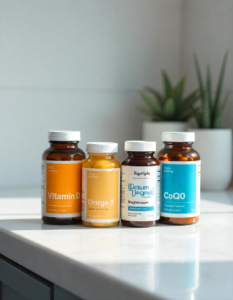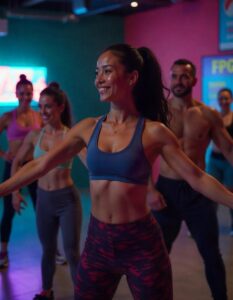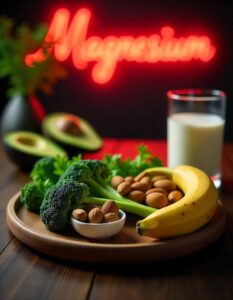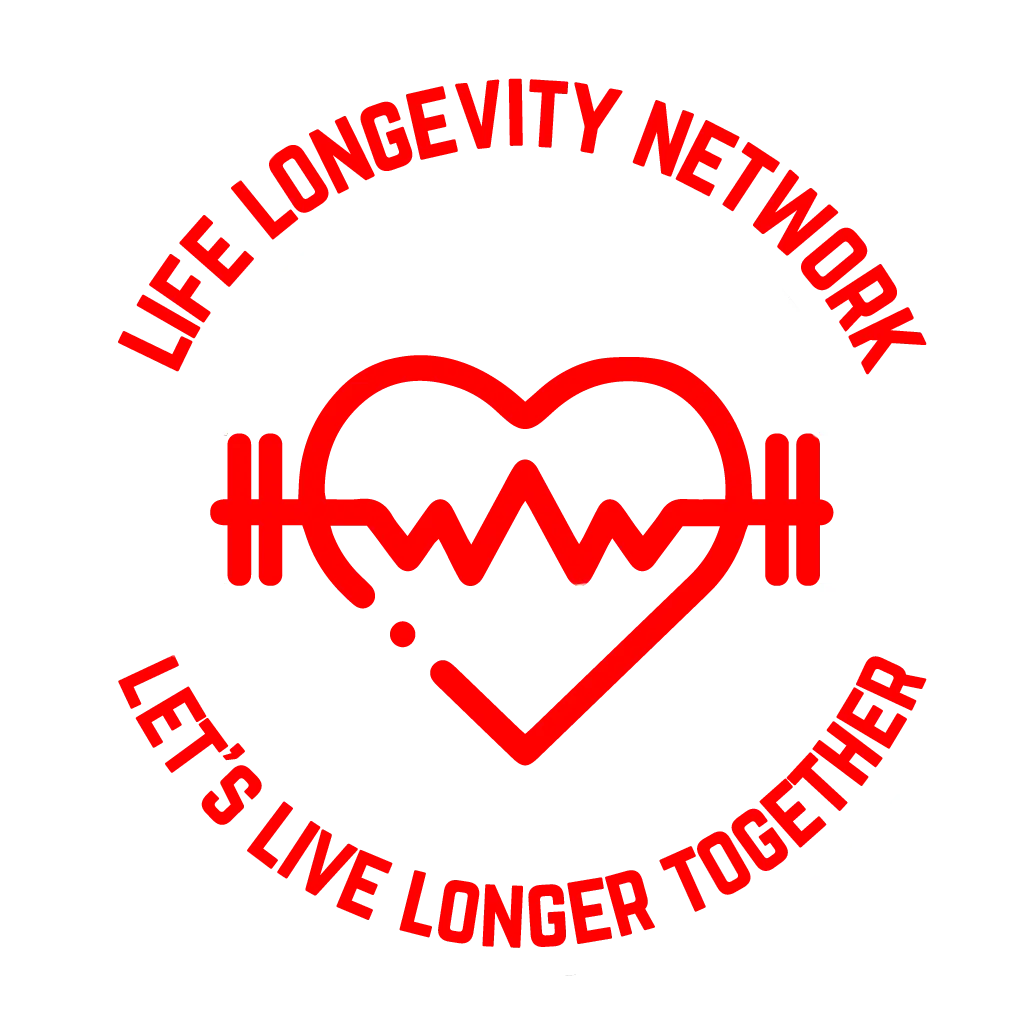Take these 5 Tests to ascertain your Biological Age
1. Perceived Facial Age
- Based on visual assessment of facial features and appearance, one can estimate an individual’s Biological Age.
- Supported by 2009 twin study showing correlation with mortality
- Scientific basis: Shares common “hallmarks of aging” with internal processes
- Key indicators: Wrinkles, skin sagging, collagen quality
- Limitations:
- Requires neutral assessors for accuracy
- Can be artificially altered through cosmetics
- Sun protection may make it less reliable as overall health indicator
2. Standing-on-One-Leg Test
- Measures balance duration on dominant leg
- Two versions: eyes open (45-second max) or eyes closed (15-second baseline for young adults)
- Tests multiple systems: balance sensors, muscle strength, neuromuscular connections
- Benefits:
- Practical relevance to daily activities
- Correlates with fall risk
- Simple to perform at home
- Limitations:
- Can be improved through specific training
- May not reflect overall biological aging
- Results may vary based on daily conditions
3. Fitness Age
- Primary measure: VO2 max (maximum oxygen consumption)
- Strong predictor of future health outcomes
- Assessment methods:
- Laboratory testing (most accurate)
- Smartwatch estimates (±10% accuracy)
- Online calculators using basic health metrics
- Key finding: Top 25% of exercisers at 65 can have VO2 max of average 30-year-old
- Actionable through regular exercise
4. Hearing Age
- Based on ability to detect high-frequency sounds
- Normal range: 20-20,000Hz
- Age correlation: Over 50 typically can’t hear above 11,000Hz
- Implementation:
- Professional: Audiologist testing
- DIY: Online frequency tests
- Limitations:
- Requires controlled testing environment
- Online tests affected by equipment quality
- Single-frequency testing may miss other hearing issues
5. Blood Tests and Epigenetic Age
- Most scientifically advanced method
- Types:
- Horvath clock (DNA methylation)
- Blood test-based calculations (PhenoAge)
- Protein modification analysis
- Advantages:
- Most comprehensive biological assessment
- Potential for measuring anti-aging interventions
- Limitations:
- Expensive (several hundred dollars)
- Results interpretation still evolving
- Actionable insights currently limited
Key Takeaways for Biologial Age Testing
- Each method measures different aspects of aging
- Simpler tests (balance, fitness) offer practical, actionable insights
- More complex tests (epigenetic, blood) show promise for future anti-aging research
- Most effective approach likely combines multiple testing methods
- Cost and accessibility vary significantly between methods
Building Muscle After 50: Why Exercise Becomes More Critical With Age For Life Longevity








